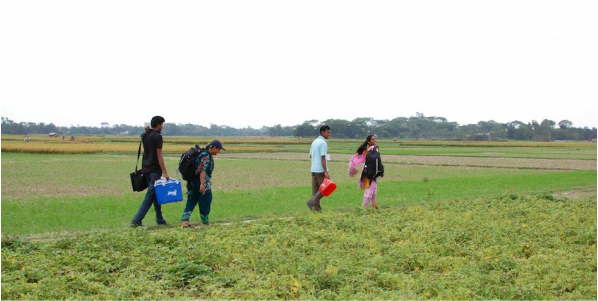WASH Benefits Research Objectives
|
The goal of the WASH Benefits study is to generate rigorous evidence about the impacts of sanitation, water quality, handwashing, and nutrition interventions on child health and development in the first years of life. The study is designed as two, highly comparable cluster randomized trials in rural Bangladesh and Kenya. In each country, the study has seven arms (6 treatment arms and a control arm). The study has three primary scientific objectives:
The study has three secondary scientific objectives:
Measure the impact of sanitation, water quality, handwashing, and nutrition interventions on the following tertiary outcomes:
To achieve these objectives, we will conduct a parallel, cluster-randomized controlled trial with 6 treatment arms and a double-sized control arm. The studies enrolled pregnant women in study villages and will measure outcomes following 12 and 24 months of intervention. |
